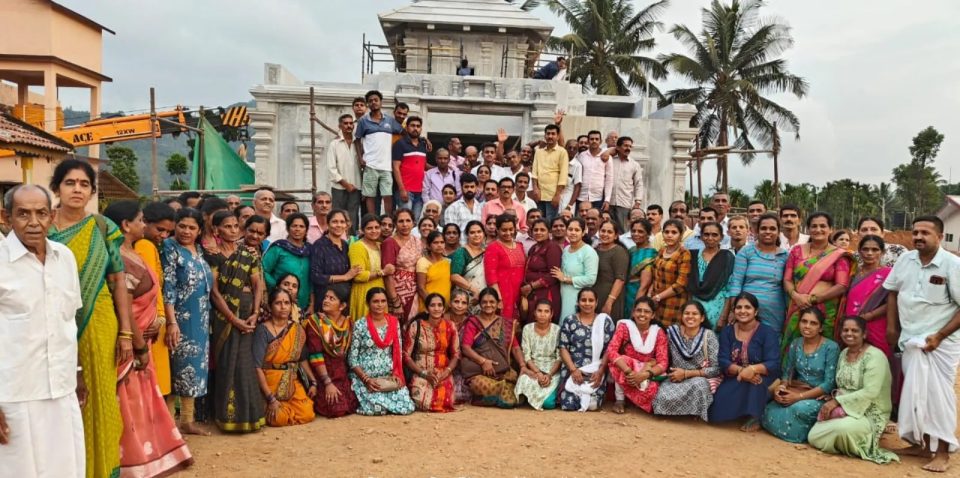
Odisha train accident: How an engine change saved 110 pilgrims from disaster

It was sheer fate that saved 110 Jain pilgrims from Chikmagalur, Karnataka, who were travelling by the Yesvantpur-Howrah Express to Sammed Shikharji in Jharkhand.
They were all travelling in the S5, S6, and S7 sleeper coaches, which were at the end of the train when it set off from Bengaluru. However, luckily for them, the train engine was changed near Visakhapatnam on Friday (June 2) afternoon.
At that time, the coaches were re-arranged and the general compartments were sent behind the sleeper coaches. And it was the general compartments that bore the brunt of the train’s collision with the derailed coaches of the Chennai-bound Coromandel Express.
Also read: Odisha train accident: The bigger tragedy today is the health of Indian Railways
A quirk of fate
A passenger named Mukund, who was part of the 110-member group of Jain pilgrims from Kalasa taluka of Chikmagalur, told The Federal that when the train changed the engine near Visakhapatnam, their coaches were placed in the middle of the 23-coach train and the general coaches were sent to the rear end.
“Had the engine not been changed, we would have perhaps suffered a fate similar to those who bore the brunt of the accident in the general compartments,” Mukund said, a sense of relief palpable in his voice.
Passengers in the front and middle coaches of the train were injured, but there were no casualties. Mukund was happy that all his fellow pilgrims from Chikmagalur were safe. Sammed Shikharji, where the 20th of the 24 Jain Tirthankaras is said to have attained moksha, is a popular pilgrimage centre of the Jains.
Also read: Odisha train tragedy: Why was Coromandel Express’ Point 17-A set for the loop line?
Moments of fear
The Yesvantpur-Howrah Express was carrying 1,294 passengers, of whom 994 were in the general compartments. Mukund said many of the passengers were labourers from the northern and north-eastern states.
Santosh, another pilgrim on the train, recounted the accident. “It happened when we were about to have dinner. We heard a loud screech and immediately knew we were in an accident. People were shouting and crying,” he narrated.
Santosh said the impact of the collision was so severe that they were all hurled against the floor of the coach. “Some of us suffered minor injuries. But the condition of the passengers in the derailed coaches was terrible. There were elderly people, women, and children. Many of them were seriously injured,” he added.
The pilgrims later resumed their journey to Rawal by another train.
Also read: What caused Odisha train disaster? Hint of human error, criminal delays by Railways
“Lucky to be alive”
In one of the biggest train tragedies in two decades, three trains collided on Friday (June 2) near Bahanaga Bazar Station in Balasore district of Odisha, leaving more than 280 passengers dead and 900 injured.
“It was a tragic sight. We saw scores of injured passengers being shifted to hospital. We felt we were the luckiest persons in the world to be alive and unharmed,” Santosh said.
“Now, we are on our way to Sammed Shikharji again. We will return to Chikmagalur after darshan and visiting other tourist places as have planned,” he added.
Chief Minister Siddaramaiah on Saturday (June 3) said the passengers from Bengaluru were safe. He told reporters, “We have sent a special team under Labour Minister Santosh Lad to Odisha to bring back the passengers.”
Railway DIGP Sashikumar said all passengers from Karnataka were safe. Only three coaches of the 23-coach train were damaged. There was no information that people from Karnataka were in the damaged coach, he said.


